Whether you’re a seasoned kayaker or a beginner, routine cleaning, inspecting for damage, proper storage, and regular maintenance are crucial in ensuring the longevity of your beloved watercraft. We’ll guide you through the necessary steps to keep your kayak in pristine condition, from cleaning techniques to inspecting for any potential issues. Additionally, we’ll discuss the importance of maintaining your paddles and accessories and how it can contribute to the extended lifespan of your kayak. Let’s dive in!
Routine Cleaning: Essential For Longevity
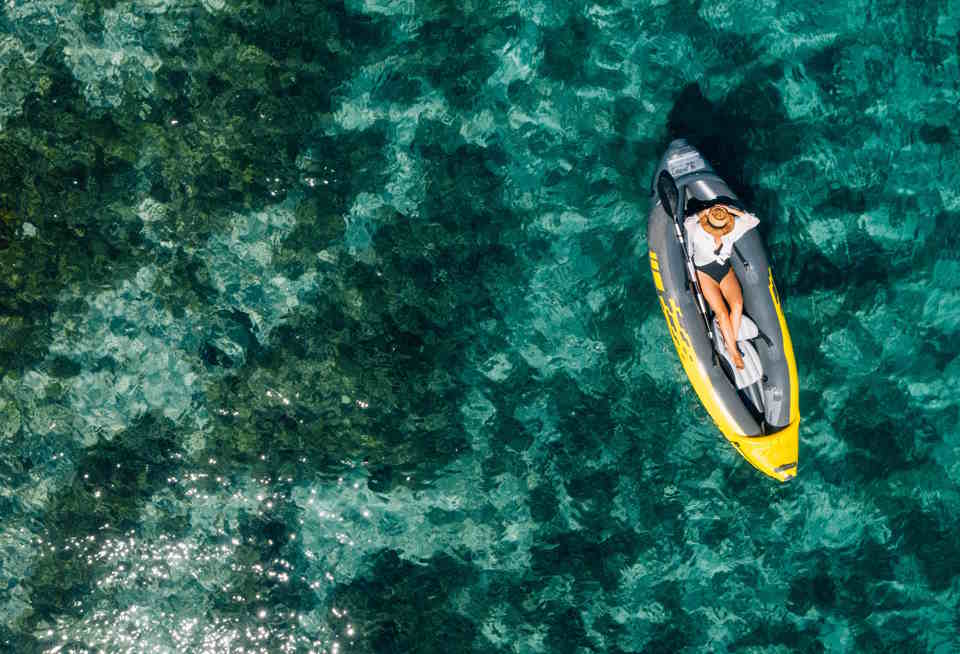
Caring for your kayak is crucial in ensuring its longevity and performance. One of the most important aspects of kayak maintenance is routine cleaning. While it may not be the most glamorous task, cleaning your kayak regularly can help prevent issues and extend its lifespan.
Kayaks are exposed to various elements while out on the water – from dirt and sand to saltwater and algae. Over time, these can cause damage and affect the overall performance of your kayak. By incorporating routine cleaning into your maintenance regimen, you can prevent these issues from arising.
So, how exactly should you clean your kayak? It’s simple! Start by rinsing off any loose dirt and debris using a garden hose. Make sure to remove any accessories or gear attached to your kayak for a thorough clean. Next, use a mild soap or kayak cleaner and a soft cloth or sponge to scrub the hull and deck gently. Pay extra attention to areas that are prone to dirt build-up, such as the footwells and cockpit.
Once you’ve cleaned the kayak, rinse it thoroughly with fresh water to remove any soap residue. This step is essential, as leftover soap can damage the kayak’s material over time. After rinsing, dry your kayak with a clean towel or let it air-dry in a shaded area. Avoid direct sunlight, as prolonged exposure can cause fading or warping.
- Kayak maintenance is not limited to just cleaning. While it’s crucial to keep your kayak dirt-free, it’s equally important to inspect it for any damage regularly. Early detection is key to preventing small issues from turning into bigger problems.
- Having paddles and accessories in good working condition is also essential for the longevity of your kayak. Make sure to inspect and clean them regularly, and replace any damaged or worn-out parts.
| Tasks | Frequency |
|---|---|
| Cleaning | After every use |
| Inspection | Monthly |
| Storage | When not in use |
| Maintenance | As needed |
Inspecting For Damage: Early Detection Is Key

When it comes to kayaking, inspecting your equipment for damage is crucial to ensure your safety on the water. No one wants a surprise malfunction in the middle of a serene lake or a rushing river! So, let’s dive into the topic of inspecting your kayak for any potential damage, because early detection is the key to enjoying worry-free adventures.
First and foremost, let’s talk about what kind of damage we should be looking out for. One of the most common issues is hull damage. This can happen due to collisions with rocks, logs, or even other kayaks. Keep an eye out for any cracks, punctures, or dents in the hull. If you notice any of these, it’s time to address it before it becomes a bigger problem.
Another area to inspect is the cockpit area. Check the seat, foot braces, and thigh braces for any signs of wear and tear. If any of these parts are damaged, it can affect your comfort and control while paddling. Nobody wants a wobbly seat when navigating rough waters!
| Area | Potential Damage | Action Required |
|---|---|---|
| Hull | Cracks, punctures, dents | Repair or replace |
| Cockpit | Worn-out seat, foot/ thigh braces | Repair or replace |
| Deck | Cracked or loose fittings | Tighten or replace |
Lastly, pay attention to the deck area of your kayak. Inspect the fittings, such as hatches, bungee cords, and carry handles. If any of these are cracked, loose, or missing entirely, they will need your attention. Sometimes, a simple tightening or replacement is all it takes to get things back in shipshape.
Proper Storage: Protecting Your Kayak From The Elements
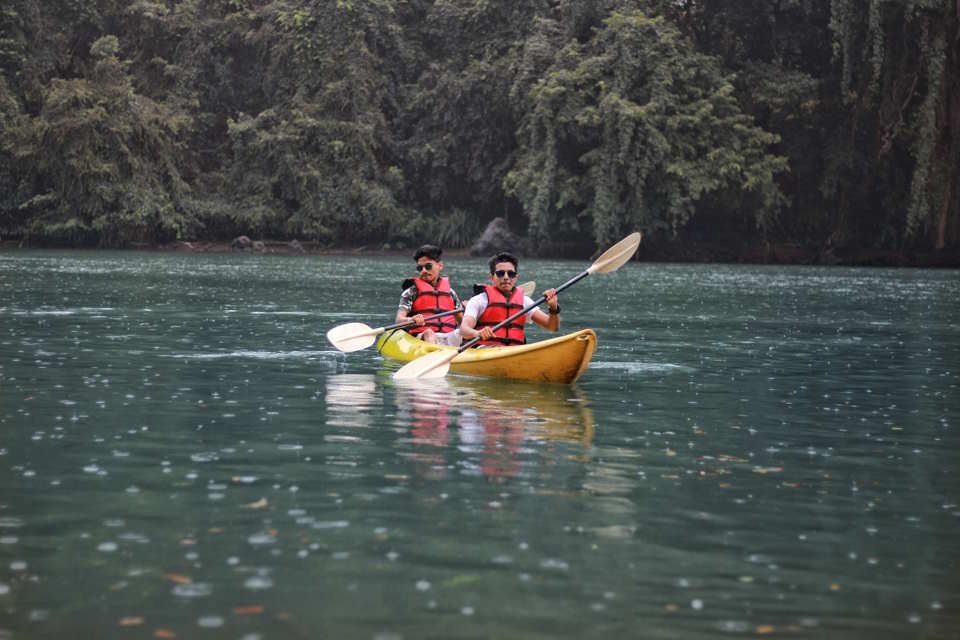
Kayaking is an adventurous and exhilarating activity that allows you to explore beautiful water bodies and connect with nature. Whether you are a seasoned kayaker or just starting out, one thing that is essential for the longevity of your kayak is proper storage. Protecting your kayak from the elements is crucial in order to ensure that it remains in top condition for years to come. We will explore some effective tips and techniques for storing your kayak and safeguarding it from the potential damage caused by the elements.
When it comes to storage, finding the right location is key. Ideally, you should try to store your kayak in a cool and dry place, away from direct sunlight. Sunlight can cause the kayak’s materials to fade and weaken over time, which can significantly reduce its lifespan. So, if you have a garage or a shed, consider utilizing that space for your kayak. If you don’t have access to a dedicated storage area, you can also use a kayak cover to protect it from UV rays.
In addition to keeping your kayak away from sunlight, you should also aim to keep it away from excessive humidity or moisture. Storing your kayak in a damp environment can lead to the growth of mold and mildew, which can be detrimental to its overall condition. To prevent this, make sure to thoroughly dry your kayak after each use, both inside and out. You can use a towel or a sponge to remove any excess water and then leave it in a well-ventilated area to air dry completely.

- Use a kayak rack or cradle: Using a kayak rack or cradle is a great way to store your kayak safely and securely. These racks are specially designed to hold your kayak in a horizontal position, which helps to distribute its weight evenly. This prevents any unnecessary stress on certain areas of the kayak, reducing the risk of damage.
- Consider suspending your kayak: If you have limited space, you can also consider suspending your kayak from the ceiling or wall using sturdy straps or hooks. This not only saves floor space but also keeps your kayak out of harm’s way. Just make sure that the suspension points are strong and stable enough to support the weight of your kayak.
- Protect it from critters: Another important aspect of proper storage is protecting your kayak from curious critters. Small animals like rodents may find your kayak attractive for nesting or chewing. To prevent this, consider using critter-proof covers or placing mothballs around your kayak storage area.
Using these tips and techniques, you can ensure that your kayak remains in excellent condition, ready for your next adventure. Proper storage is essential for protecting your investment and extending the lifespan of your kayak. So, make sure to give your kayak the care it deserves and enjoy many more thrilling paddling experiences in the future!
Paddles And Accessories: Maintaining Functionality
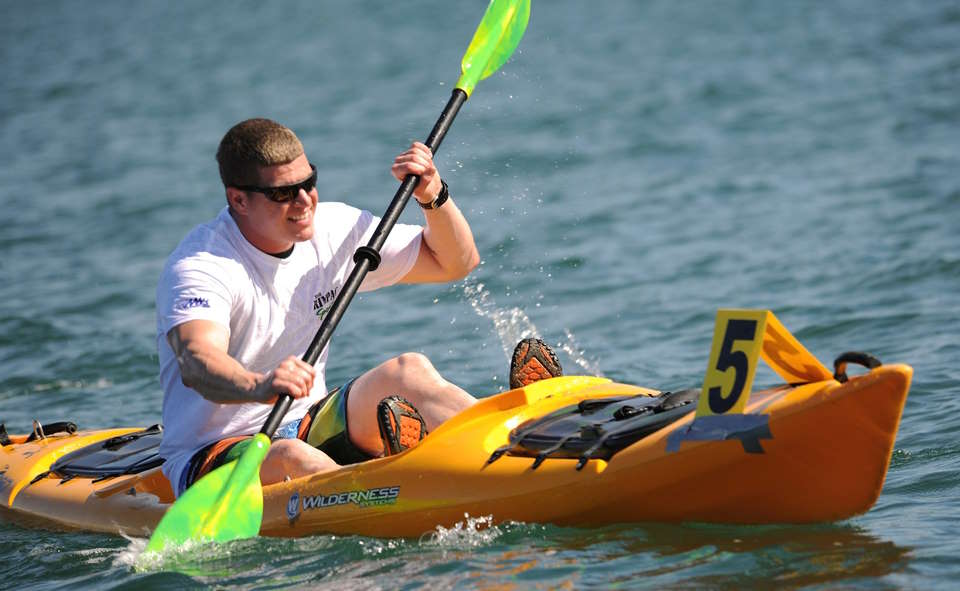
When it comes to kayaking, having functional paddles and accessories is crucial for an enjoyable experience on the water. After all, you wouldn’t want to be left stranded in the middle of a lake with a broken paddle! We will explore some essential tips for maintaining the functionality of your paddles and accessories, ensuring that they last for many kayaking adventures to come.
Regular Cleaning:
To keep your paddles and accessories in top shape, regular cleaning is key. After each kayaking trip, take the time to rinse off any saltwater, sand, or debris that may have accumulated on them. This will prevent any build-up or corrosion, prolonging the lifespan of your equipment. Using a mild soap and water solution, gently scrub away any dirt or grime, paying extra attention to the handles and joints. Rinse thoroughly and allow them to air dry before storing.
Inspecting for Damage:
Before every kayaking excursion, it’s essential to inspect your paddles and accessories for any signs of damage. Look for cracks, dents, or loose parts that may affect their performance. Pay close attention to the paddle blades, as they are prone to wear and tear. If you notice any issues, it’s best to address them before heading out on the water. Repairs or replacements may be necessary to ensure your safety and the functionality of your equipment.
| TIP: | Invest in paddle blade protectors to prevent damage from rocks or rough surfaces. |
|---|
Proper Storage:
When you’re not out kayaking, proper storage is crucial for protecting your paddles and accessories from the elements. Find a dry, cool place to store them, away from direct sunlight. Excessive heat can warp the materials, and prolonged exposure to sunlight can cause fading or weakening. Hang your paddles vertically or store them horizontally on a rack to avoid any unnecessary pressure on the shafts. Ensure that any accessories, such as life jackets or spray skirts, are also stored in a clean and dry environment.
Regular Maintenance:
In addition to regular cleaning, it’s important to perform routine maintenance on your paddles and accessories. Inspect the joints and hinges for any signs of wear and apply a small amount of lubricant if necessary. Check the tightness of any screws or bolts and tighten them as needed. Replace any worn-out grips or handles, as they can affect your grip and overall control while kayaking. By staying proactive and addressing potential issues early on, you can extend the lifespan and functionality of your equipment.
Regular Maintenance: Extending The Lifespan Of Your Kayak
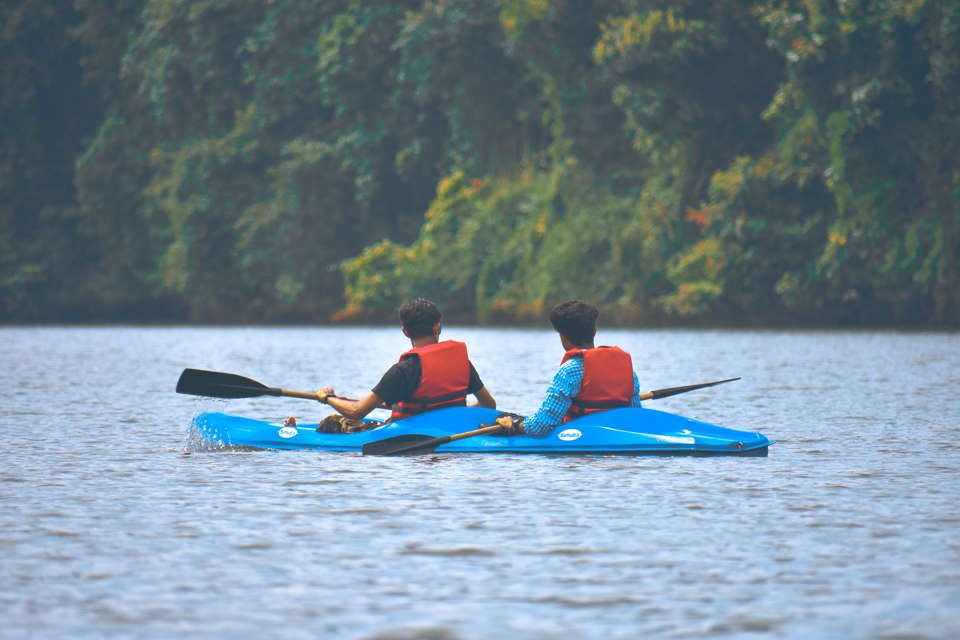
Are you a passionate kayaker who loves spending weekends out on the water? If so, you know how important it is to take care of your kayak and ensure its longevity. Regular maintenance is key to keeping your kayak in top shape and extending its lifespan. We will explore some essential tips and tricks for maintaining your kayak and keeping it in excellent condition for years to come.
Inspecting for damage: One of the first steps in regular kayak maintenance is inspecting for any signs of damage. This includes checking for any cracks, dents, or loose fittings. These issues can weaken the structure of your kayak and compromise its performance. Take the time to thoroughly examine your kayak both inside and out, paying close attention to the areas that are prone to damage, such as the hull and the seams. If you notice any damage, it’s crucial to address it promptly to prevent further issues.
Routine cleaning: Keeping your kayak clean is not only important for its appearance but also for its overall performance. After each kayaking adventure, make it a habit to give your boat a thorough cleaning. Use a mild soap and water solution to remove any dirt, grime, or saltwater residue. Pay special attention to the areas around the cockpit and the rudder system. By regularly cleaning your kayak, you can prevent the buildup of debris and ensure that it continues to glide smoothly through the water.
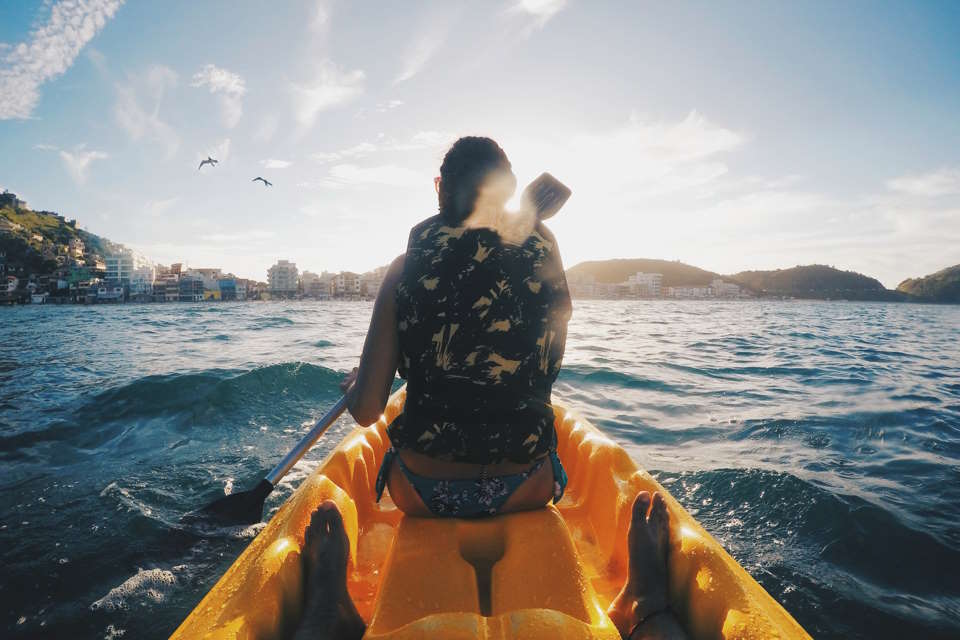
Proper storage: When it comes to storing your kayak, proper storage is essential for its longevity. Exposure to sunlight, extreme temperatures, and moisture can all contribute to the deterioration of your kayak over time. It’s best to store your kayak in a cool, dry place such as a garage or a dedicated kayak storage rack. If you don’t have access to indoor storage, consider investing in a UV-resistant kayak cover to protect it from the harmful effects of the sun. Additionally, it’s important to store your kayak in a way that avoids putting unnecessary stress on its hull, such as hanging it by its handles or storing it on its side.
Using the right paddles and accessories: Another aspect of regular maintenance is ensuring that you are using the right paddles and accessories for your kayak. Using paddles that are the correct size and type for your kayak will not only enhance your paddling experience but also prevent strain and potential damage to your boat. Additionally, regularly inspect your accessories such as life vests, dry bags, and anchor systems to ensure they are in good working condition. Replace any worn-out or damaged items promptly to maintain a safe and enjoyable kayaking experience.
| Maintenance Tip | Description |
|---|---|
| Regularly check the hull | Inspect the entire surface of your kayak’s hull for any signs of damage or cracks. Address any issues immediately to prevent further damage. |
| Lubricate moving parts | Apply a silicone-based lubricant to the moving parts of your kayak, such as the rudder system and foot pedals, to ensure their smooth operation. |
| Keep it covered | When not in use, always cover your kayak with a UV-resistant cover to protect it from the damaging effects of the sun. |
By following these regular maintenance tips, you can extend the lifespan of your kayak and continue to enjoy countless adventures on the water. Remember, a well-maintained kayak not only performs better but also keeps you safe during your paddling excursions. So, dedicate some time to give your kayak the care it deserves, and it will reward you with many more thrilling moments out on the water!




